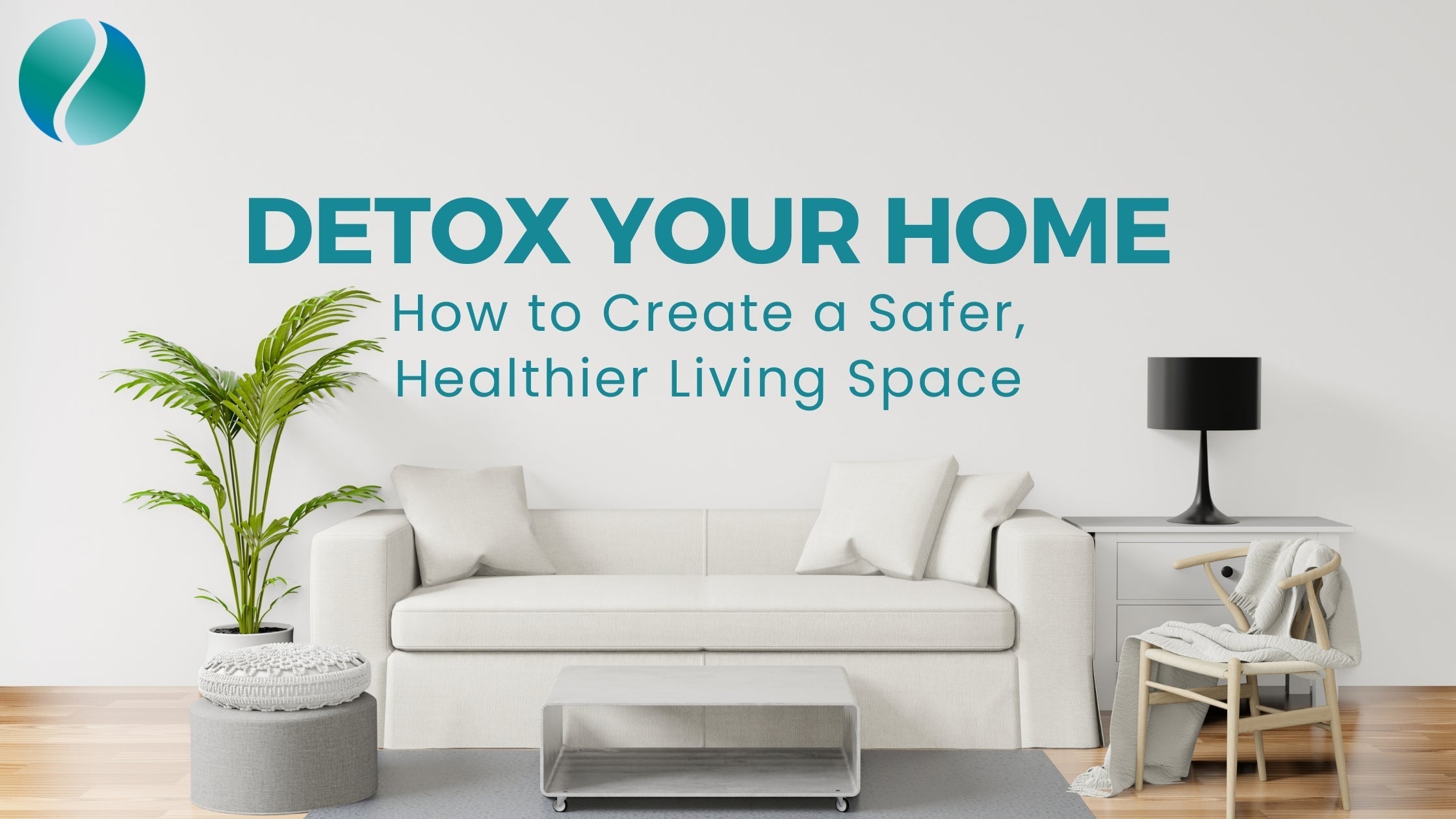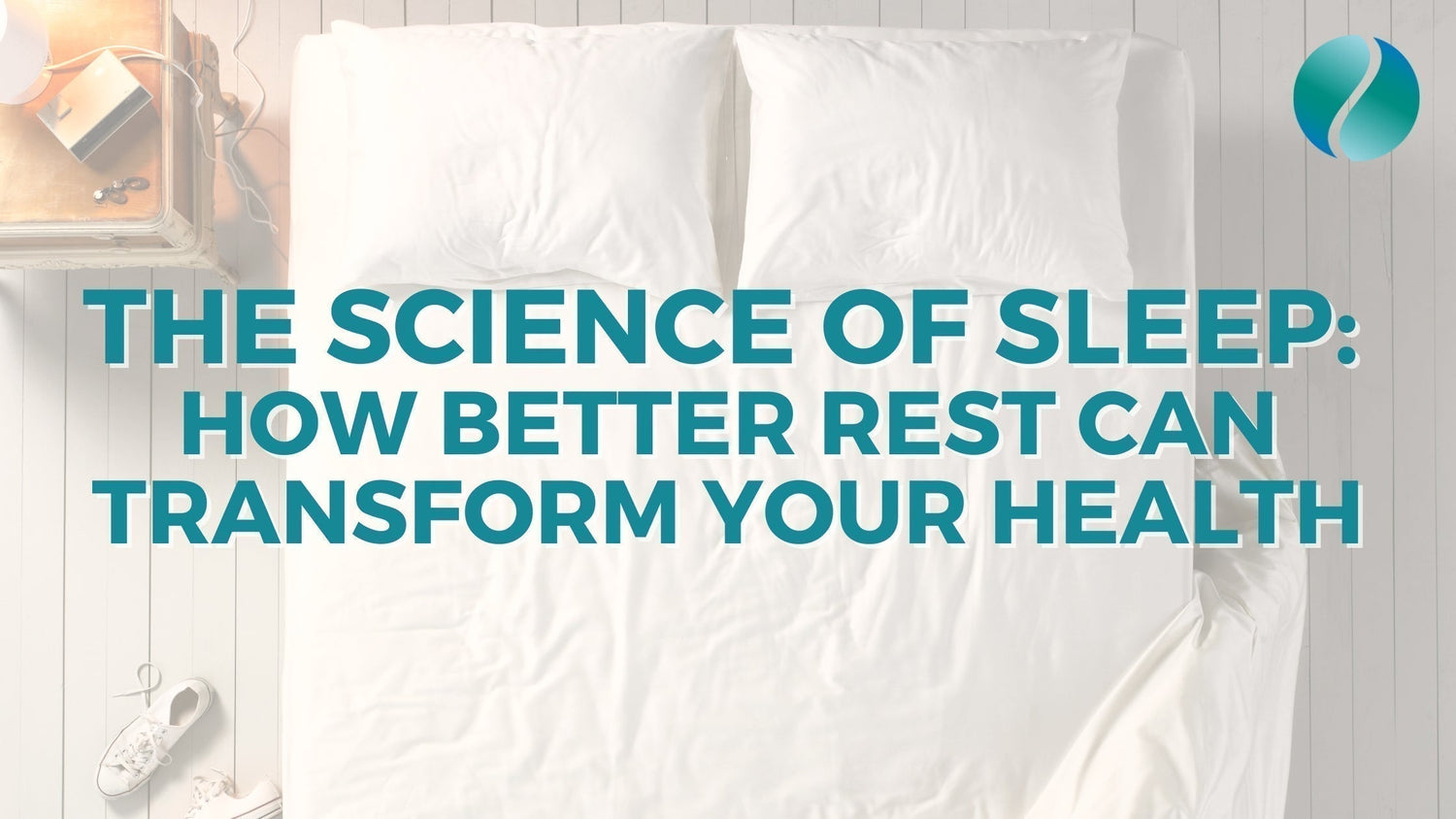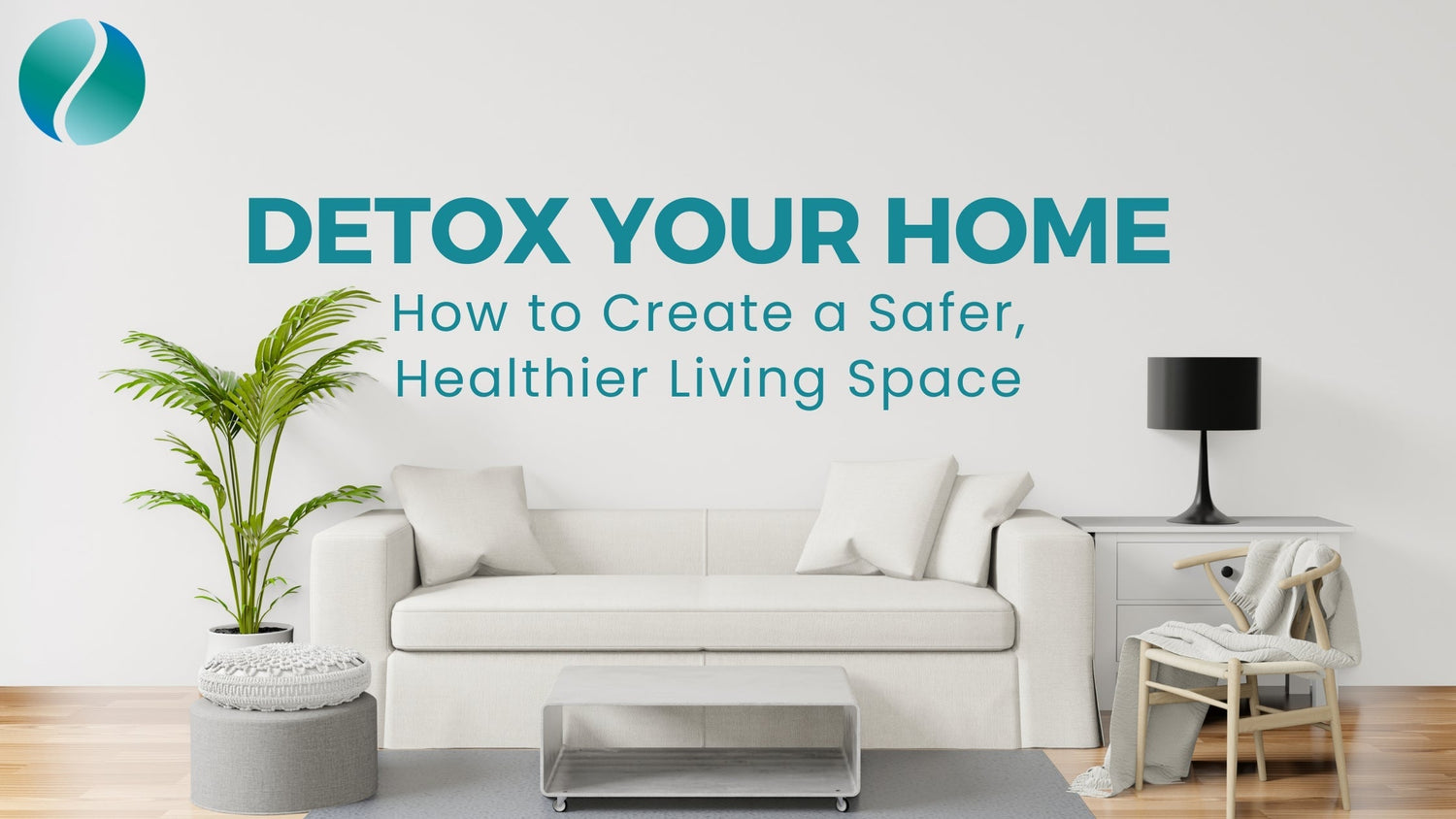Did you know that your home might contain hundreds of hidden toxins? From the furniture in your living room to the skincare products on your shelf, chemicals can quietly impact your health, causing everything from respiratory issues to hormone disruption.
But by making small, intentional changes, you can significantly reduce your exposure and create a cleaner, safer environment for yourself and your family. In this article, we’ll explore simple, impactful steps you can take to reduce toxins in your home and personal care routine, transforming your daily surroundings into a healthy haven.
Home Toxins: Where They Lurk and How to Reduce Them
Your home might be harboring more toxins than you realize. Household items like furniture, carpets, paints, and electronics often contain volatile organic compounds (VOCs) and flame retardants, both of which can be harmful over time.[1] VOCs are released into the air from products such as particleboard furniture, carpets, and conventional paints, leading to indoor air pollution that can cause respiratory issues, headaches, and long-term health effects.

To minimize exposure, choose natural, non-toxic materials whenever possible. For example:
- Furniture: Opt for solid wood pieces instead of synthetic materials like particleboard, which often contain formaldehyde and flame retardants.
- Carpets & Rugs: Choose natural fibers like wool or organic cotton to avoid the harmful chemicals found in conventional options.
- Paints & Finishes: Use low-VOC paints and finishes to improve indoor air quality when redecorating.
Plastics are another common source of toxins, particularly through chemicals like phthalates and BPA, which can leach into food and drinks when plastic is heated or used for long-term storage.[2] Swap out plastic containers for glass or stainless steel alternatives. Not only are these materials safer, but they are also more durable and environmentally friendly.
Personal Care Toxins: What to Avoid in Your Daily Routine

The personal care products you use every day—soaps, shampoos, lotions, and cosmetics—may also be significant sources of toxins. Harmful chemicals like parabens, phthalates, sulfates, and synthetic fragrances are commonly found in these products and can be absorbed through the skin, leading to health issues like hormone disruption and reproductive problems.[3]
In 2013, researchers from the University of California, Berkeley found harmful metals such as chromium, cadmium, aluminum, manganese, and lead in several popular lip gloss and lipstick brands.[4] These substances, absorbed through the skin or ingested, pose serious long-term risks.
- Read Labels: Avoid products with long ingredient lists, especially those containing parabens, phthalates, sulfates, or synthetic fragrances.
- Choose Cleaner Products: Opt for products with fewer, natural ingredients, such as fragrance-free items or those scented with essential oils. Look for certifications like “EWG Verified” to ensure you’re choosing safer options.
- DIY Alternatives: Consider making your own personal care products with natural ingredients like coconut oil, shea butter, and essential oils. These homemade alternatives can be tailored to your skin’s needs, cost-effective, and completely free of harmful chemicals.
Simple Switches for a Toxin-Free Lifestyle

- Organic Bedding: Choose bedding made from organic cotton or other natural fibers to avoid exposure to chemicals used in conventional fabric production. Organic bedding is free from pesticides and harmful dyes, offering a safer and more comfortable sleep environment.
- Non-Toxic Cleaning Agents: Many conventional cleaning agents contain harsh chemicals like bleach, ammonia, and artificial fragrances, which can harm indoor air quality and irritate the skin.[5] Switching to natural cleaning products or making your own with ingredients like vinegar and baking soda will help reduce your home’s toxic load.
- Safer Personal Care Products: Prioritize brands that use natural, non-toxic ingredients in their products. Look for cruelty-free logos or certifications like “EWG Verified” to ensure the products you use are healthier for both your body and the environment.
- Improve Indoor Air Quality: Indoor air quality is often worse than outdoor air due to pollutants from furniture, cleaning products, and electronics. Open windows for ventilation, use an air purifier, and consider adding air-purifying plants like snake plants or peace lilies to help filter out toxins.
Small Steps, Big Impact
Creating a toxin-free home and personal care routine is a powerful way to protect your health and the environment. By making small, thoughtful changes—like choosing non-toxic furniture, using safer personal care products, and incorporating tools like the TheraO3 Bubbler into your routine—you can significantly reduce your exposure to harmful substances. Start with a few simple swaps, and over time, you’ll create a healthier, toxin-free environment for yourself and your family.
Resources:
[1] David, Elena, and Violeta-Carolina Niculescu. “Volatile Organic Compounds (VOCs) as Environmental Pollutants: Occurrence and Mitigation Using Nanomaterials.” International journal of environmental research and public health vol. 18,24 13147. 13 Dec. 2021, doi:10.3390/ijerph182413147
[2] Konieczna, Aleksandra et al. “Health risk of exposure to Bisphenol A (BPA).” Roczniki Panstwowego Zakladu Higieny vol. 66,1 (2015): 5-11.
[3] Harley, Kim G et al. “Association of phthalates, parabens and phenols found in personal care products with pubertal timing in girls and boys.” Human reproduction (Oxford, England) vol. 34,1 (2019): 109-117. doi:10.1093/humrep/dey337
[4] Liu, Sa et al. “Concentrations and potential health risks of metals in lip products.” Environmental health perspectives vol. 121,6 (2013): 705-10. doi:10.1289/ehp.1205518
[5] Ding, Li et al. “Toxic effects of ammonia on intestinal health and microbiota in red-eared slider (Trachemys scripta elegans).” Chemosphere vol. 280 (2021): 130630. doi:10.1016/j.chemosphere.2021.130630





